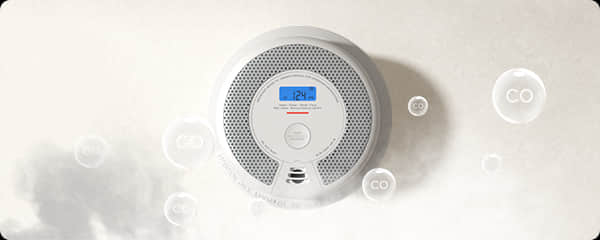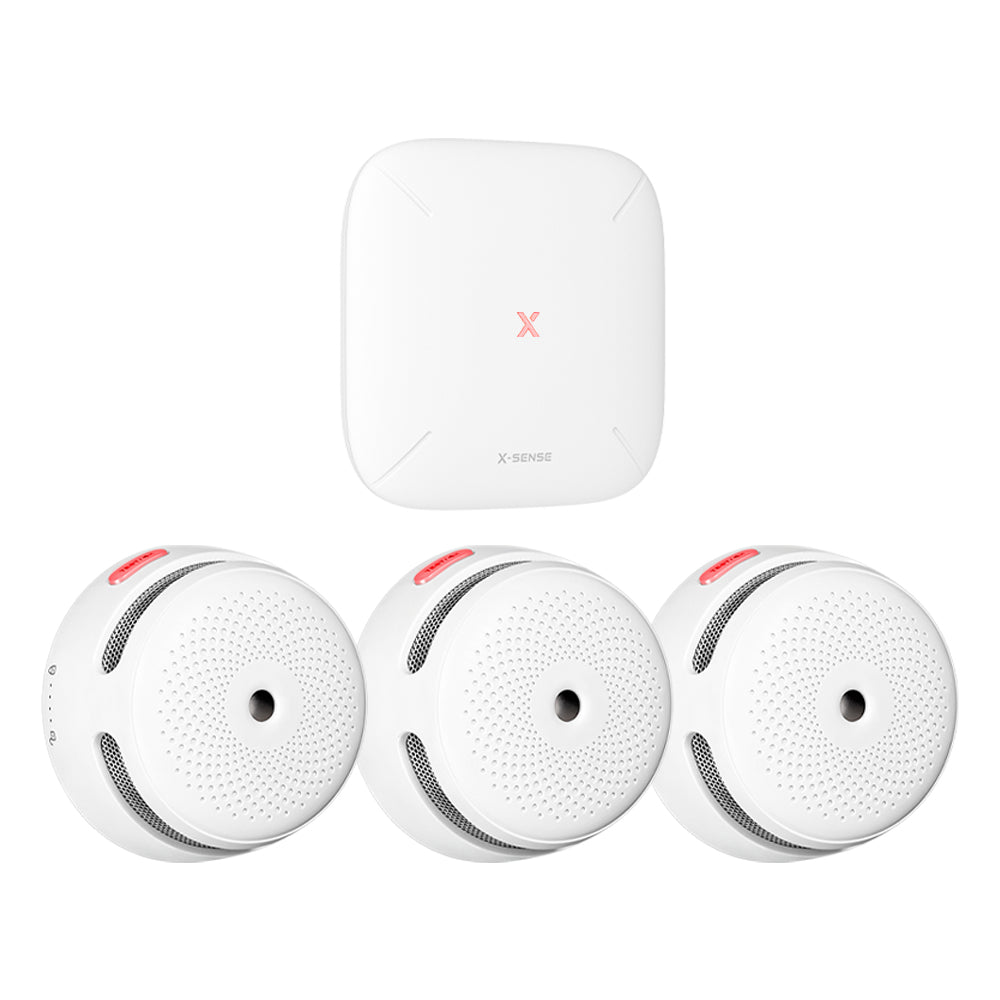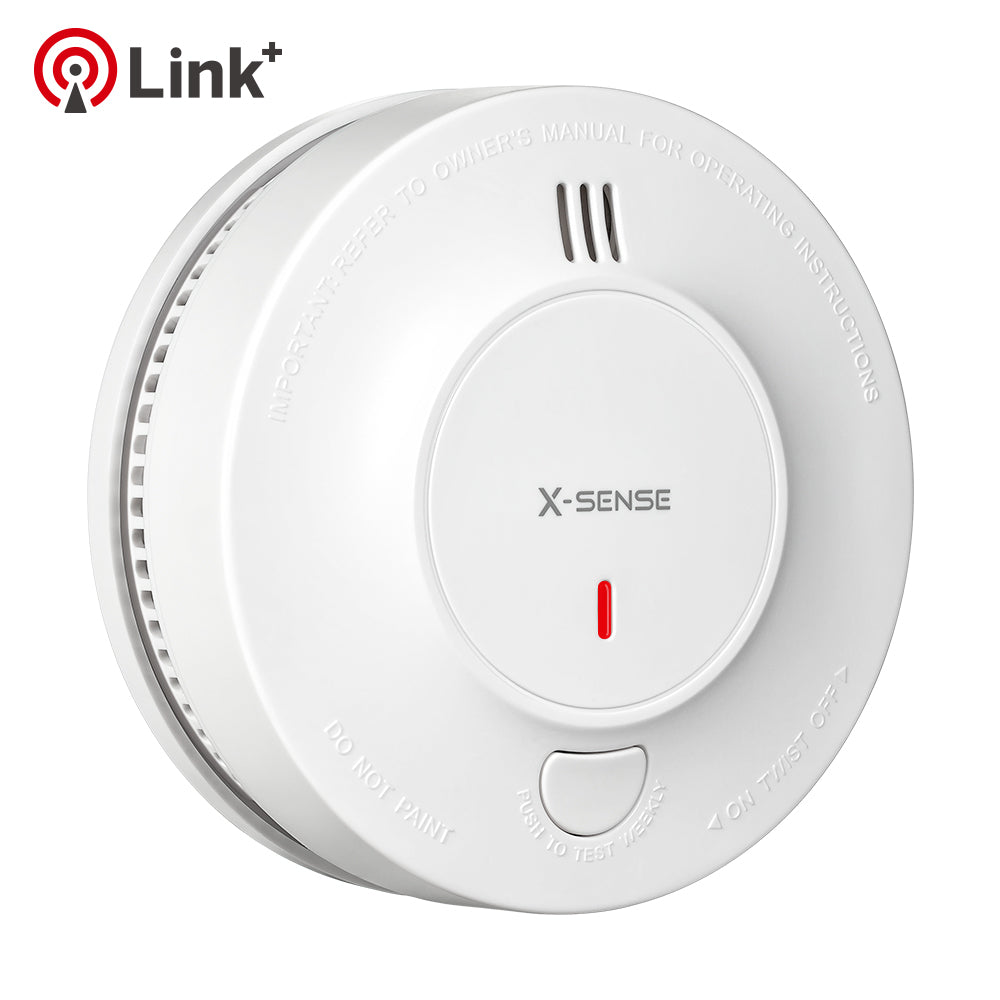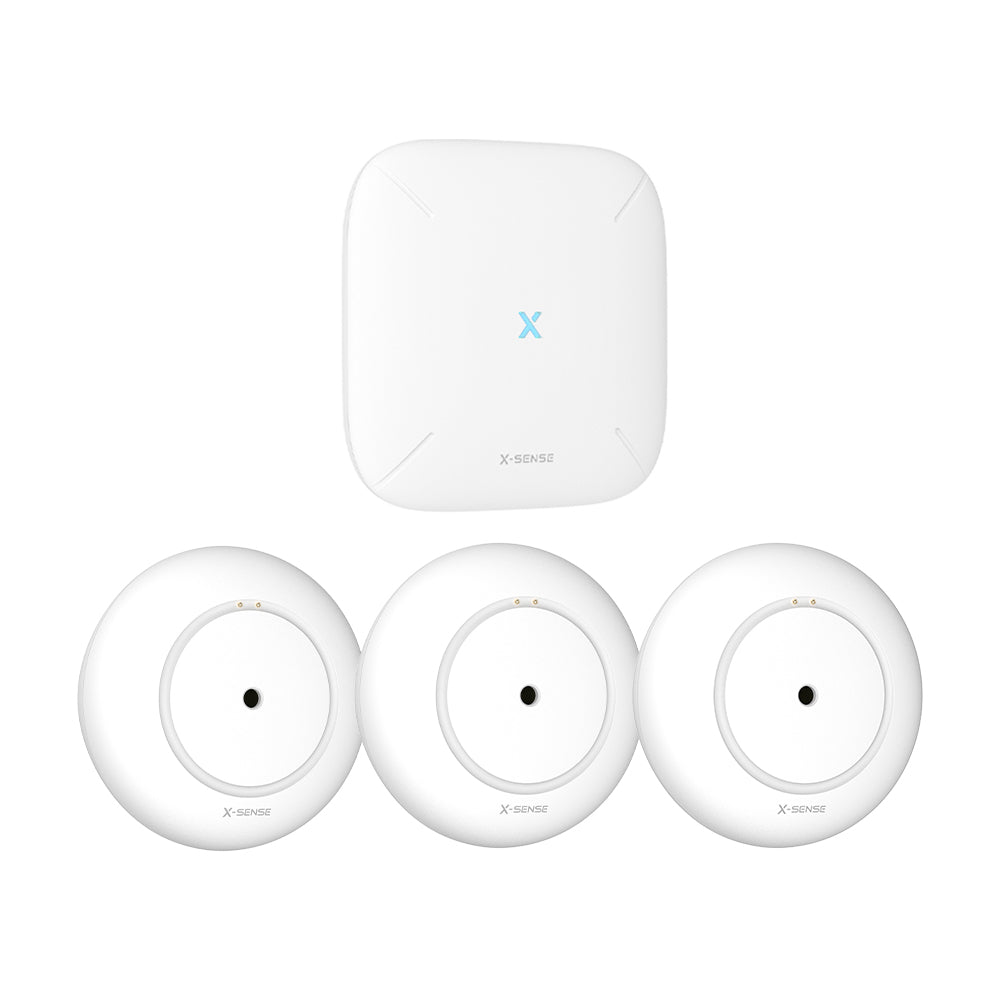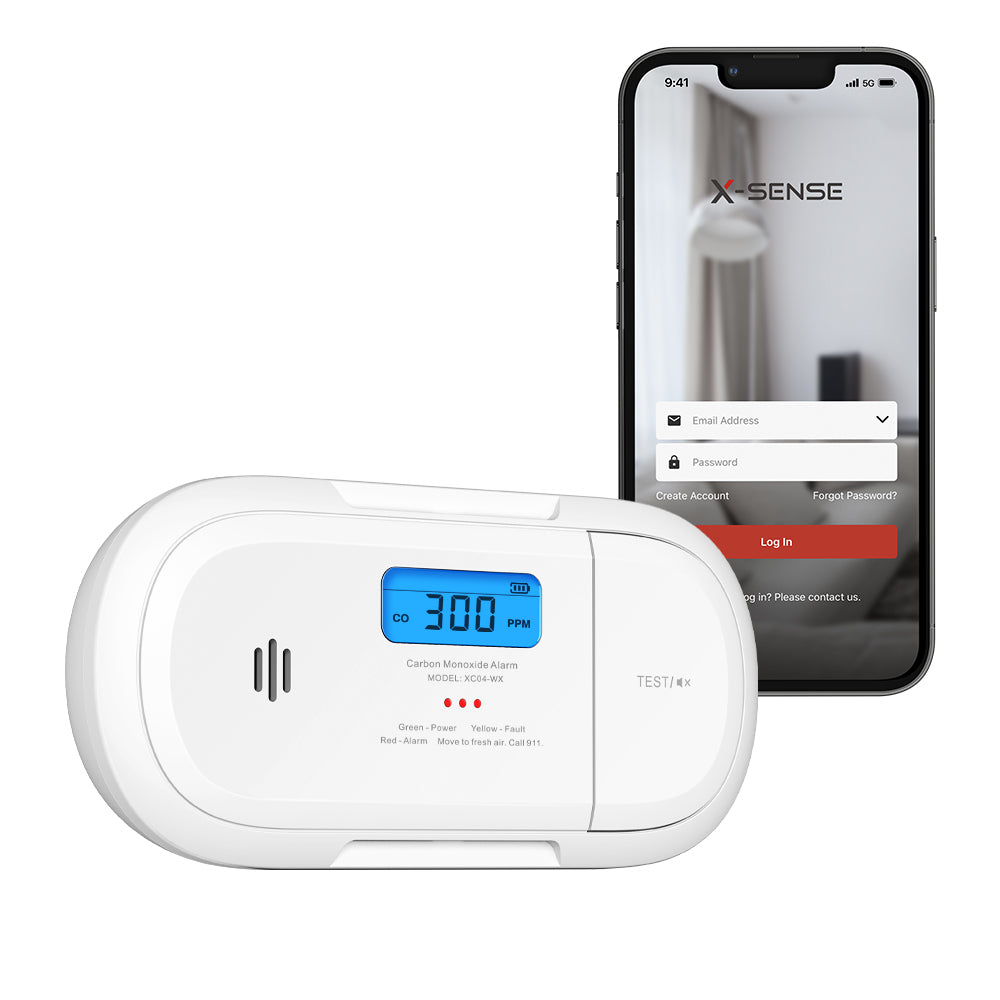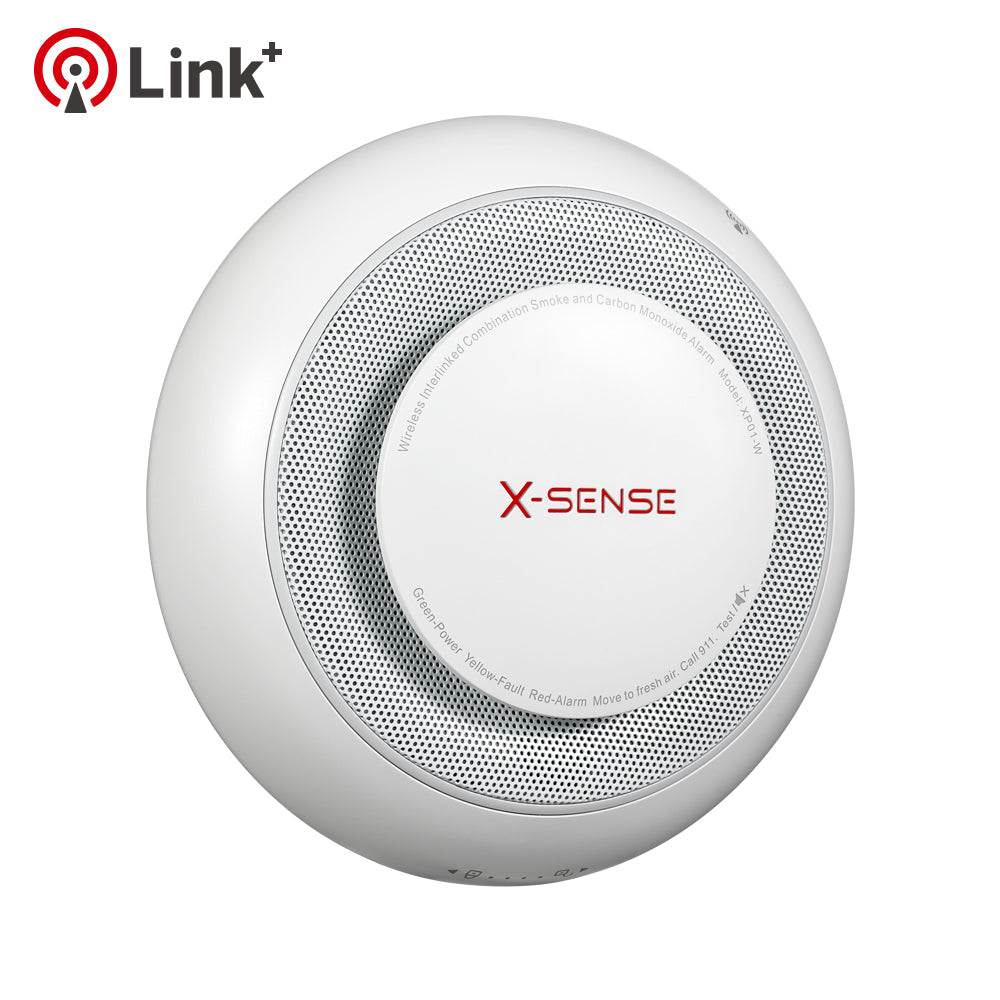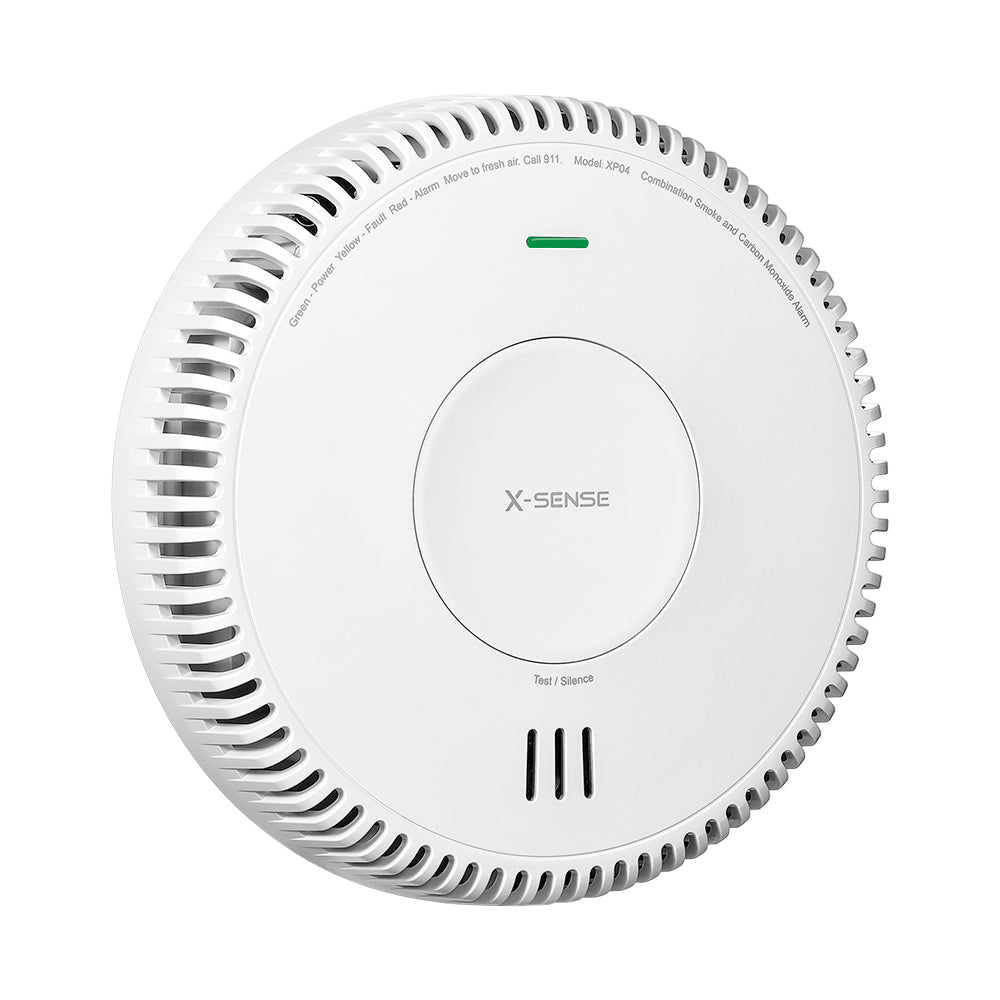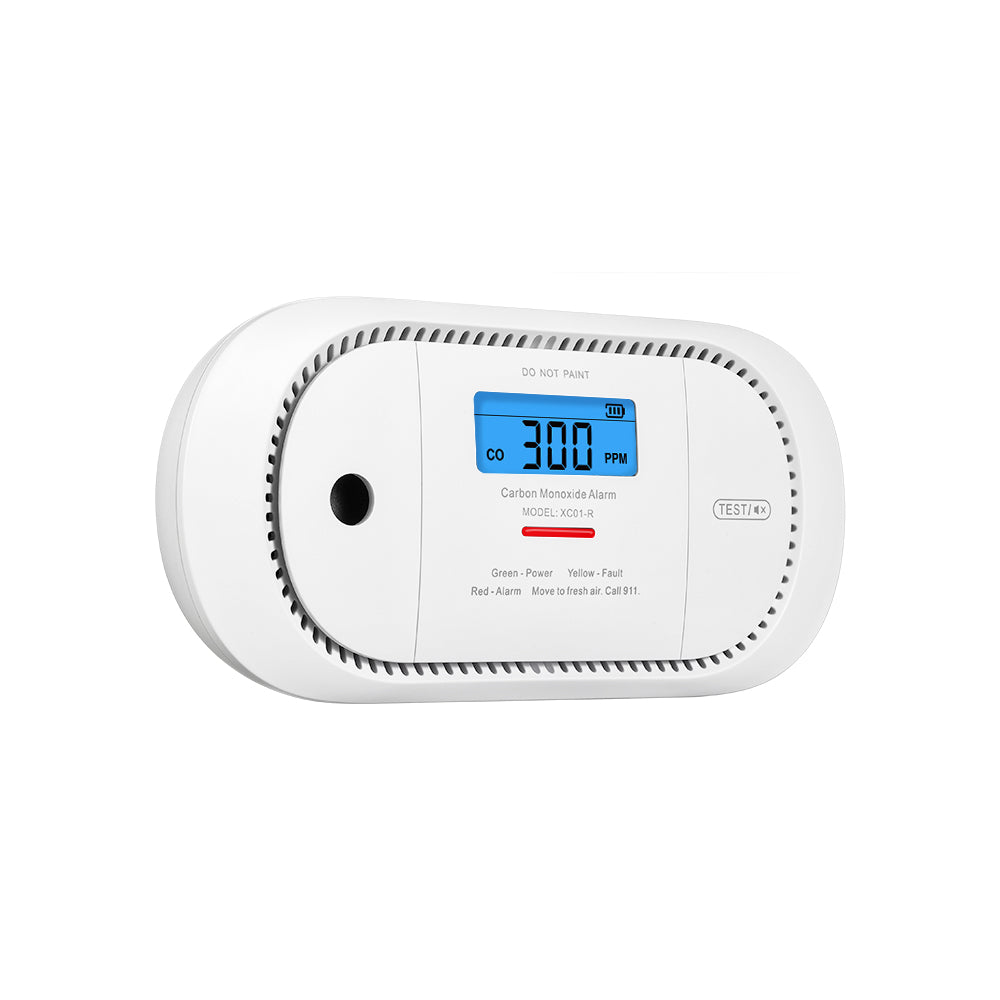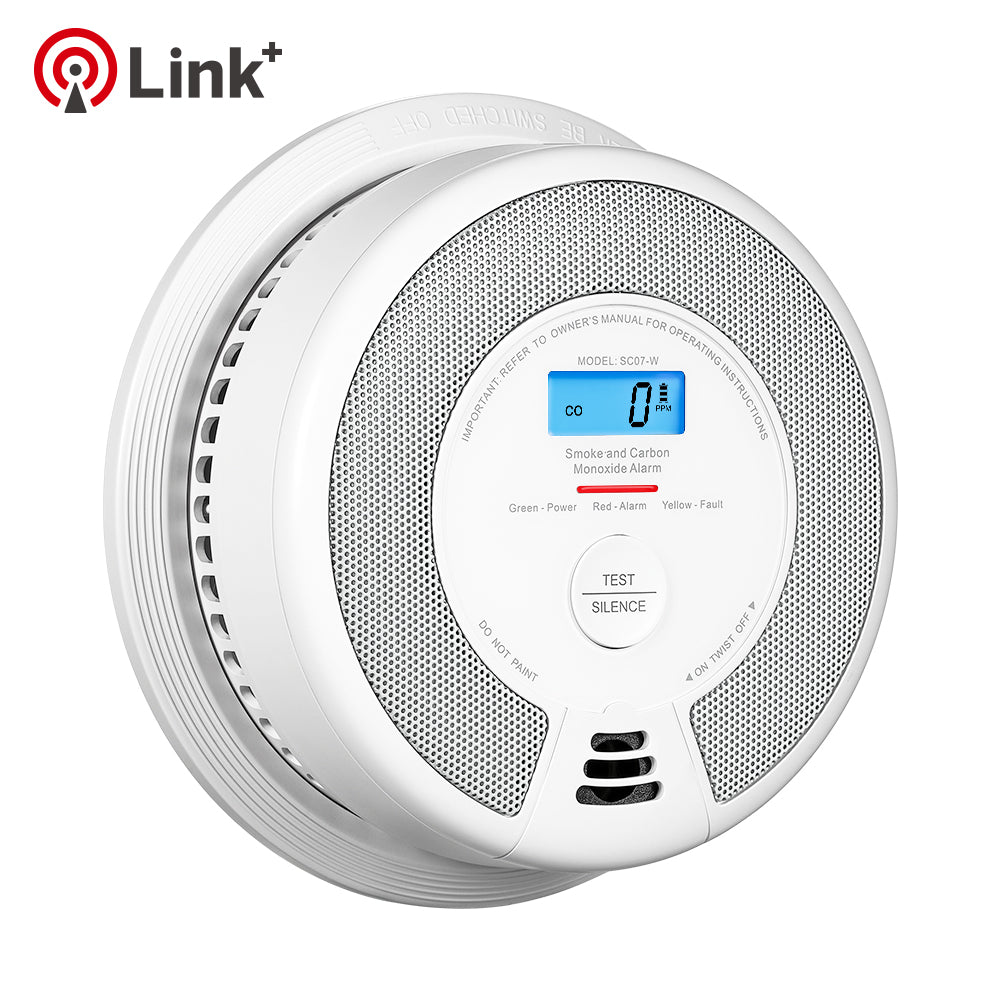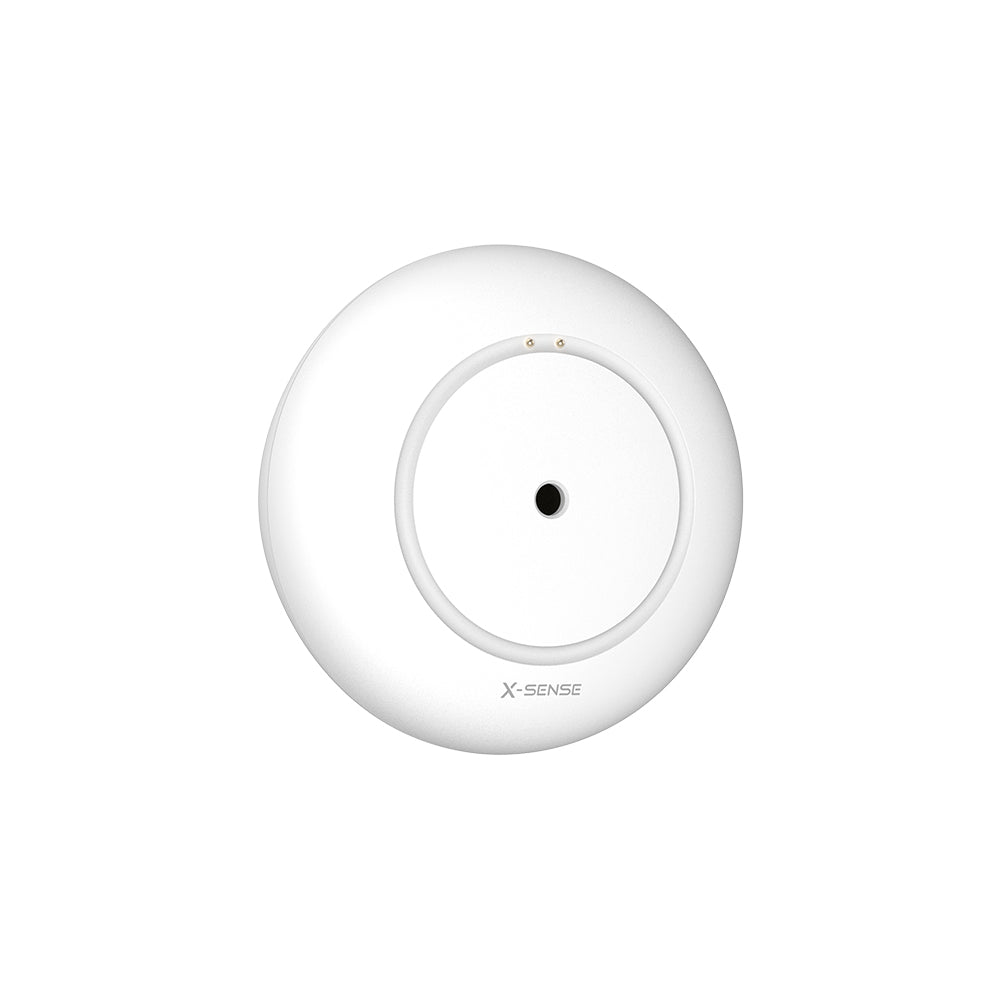How to Stop Carbon Monoxide Detector Beeping or Chirping
Thu, Apr 16, 2020
Have you ever had to get up from bed in the night because you heard the sound of a chirping carbon monoxide detector? Or perhaps you were woken up and couldn’t sleep with those continuous beeps. Let’s face it, constant beeps and chirps from your carbon monoxide detector can be very annoying and disturbing!
The following content will give the common reasons why your carbon monoxide detector beeps and chirps, and also suggest some solutions to help you learn how to fix the false alarms.
- Part 1: What Causes Your Carbon Monoxide Detector Beeping
- Part 2: How to Stop and Prevent Carbon Monoxide Detector from Beeping
- Part 3: Learn More about Carbon Monoxide Alarms
What Causes Your Carbon Monoxide Detector to Beep
There are various audible signals that your carbon monoxide detectors emits. It’s best to check your individual device’s user manual for the specifics. Generally though, most carbon monoxide detectors give these sound patterns:
1. Four-Beep Alarm
This CO alarm pattern consists of four short beeps, followed by silence for five seconds, and then another four short beeps. Four-beep alarms are loud and continuous. It can indicate two possible events:
- The detector has sensed rising levels of carbon monoxide
- A false alarm
It could be your carbon monoxide detector has a back-up battery that needs to be replaced (or has disconnected from its power source); another reason could be after sensing carbon monoxide, the four-beep alarm pattern continuously sounds for five minutes. The cycle repeats itself every minute thereafter.
2. Consistent Chirping
Do you hear a single chirp every 30 seconds? This type of sound pattern may mean:
- An alarm malfunction – Error messages may come from power surges or any other malfunction. A quick device reset often resolves this issue.
- Low battery warning – Most detectors with replaceable batteries will give an alert with a consistent chirp when their current batteries need to be changed.
- End-of-life warning – This means your device has reached the maximum span of its working life. You’ll know it’s an end-of-life warning if you have tried replacing the battery but the consistent chirping continues. You need to replace the smoke detector as soon as possible.
3. Intermittent Random Chirps and Beeps
At times, you may hear beeps and chirps without an established pattern. Such sounds could be due to:
- Low Batteries – Batteries that aren’t properly installed could cause the device to sound brief and irregular chirps.
- Dirty alarm sensing chambers – Dust and insects can accumulate inside the alarm sensing chambers of your device. This could cause false alarms and chirps.
- Environmental factors such as: Temperature, Improper airflow, Steam, Humidity, Condensation
- Power surges – Irregular chirps can sound off when the electricity comes back from a power surge. This may happen in AC-powered or hardwired carbon monoxide detectors.
- Aging device – Most carbon monoxide detectors live up to 10 years. But if yours goes beyond 10 years and you’re still using it, you might begin to hear random beeps from your device.
4. A Continuous Long Squeal
Is your device giving one long and continuous squeal? Your carbon monoxide detector may have:
- An alarm malfunction – Power surges are the main culprits of malfunction, but it can also be due to other errors.
- Tamper-resist warning has activated – This could be due to the device being unplugged or has become loose from its outlet.
How to Stop and Prevent Carbon Monoxide Detector from Beeping
So, what do you do when your carbon monoxide detector beeping, or chirps? Here are some things you should consider:
1. Move everyone out and look for symptoms of carbon monoxide poisoning
Examine your surroundings and move everyone to fresh air if you hear your detector’s alarm. This is crucial even if your device happens to have a false alarm. It’s best if you have an escape plan laid out beforehand to make evacuation easier.
Immediately check the people you are with and your pets for the following symptoms of carbon monoxide poisoning:
- Confusion
- Chest pain
- Drowsiness
- Fatigue
- Shortness of breath
- Headaches
- Fast heartbeat
- Nausea and vomiting
- Low blood pressure
- Loss of muscle coordination
- Loss of consciousness
All of these symptoms happen because carbon monoxide quickly enters your system and replaces oxygen in your blood. If left undetected, these symptoms could swiftly progress to long-term health problems.
Also, be aware that your pets may be affected by carbon monoxide poisoning earlier than humans. Check if they’re weak or unresponsive, then move them outside quickly along with your family members if you hear your carbon monoxide alarm.
2. Contact emergency services
After you’ve moved everyone out to safety, immediately call emergency services or your local fire department. Let them survey your property right away.
If in case you left any family member inside your property, never attempt to enter your house again. Emergency services will search and rescue your family member for you.
Emergency services or the fire department will check your property and see if you did have a carbon monoxide leak. They can also determine if your detectors only sounded off a nuisance or false alarm. They’ll then advise you when you can safely come back to your property.
3. Have your carbon monoxide device inspected
Let an expert inspect your carbon monoxide detectors after an emergency. This is important so that you’re sure your detectors still work properly after it has all sounded off. This could also prevent problems that may give rise to false alarms, beeps, and chirps.
4. Inspect your device when it beeps or chirps
If you’re confident that your detector is only beeping or chirping (not sounding off an actual alarm or false alarm), you can just check your device immediately for any problems. Keep in mind the beep patterns we previously discussed.
Address any issues you see in the device. For instance, you can:
- Tighten up the batteries.
- Replace old batteries.
- Clean the sensing chamber to remove stuck insects and dust.
- Reinstall the device properly on their mounting brackets.
See if the beeping or chirping stops. If it doesn’t, consider having an expert see the devices. You can also replace the units, especially if they’re already 7 years and above. We truely recommend our X-Sense CO03D carbon monoxide detector, which is a battery-power CO alarm and use the advanced Figaro electrochemical CO sensor which can reduse the false alam.

X-Sense CO03D Carbon Monoxide Detector
- Digital LCD clearly displays real-time CO concentration levels and battery power.
- 10-year sensor life with replaceable batteries provides uninterrupted 24/7 protection.
- Detects CO threats accurately with the advanced Figaro electrochemical CO sensor.
- Easy to install onto any wall or ceiling without hardwiring.
- Meets safety standards UL 2034 (US) and EN 50291 (EU).
$29.99
5. Test your carbon monoxide detectors regularly
Regularly test the alarm system and detector units. The Testing of carbon monoxide detector is required once a month.
Take one day to check your detectors physical condition, batteries, and circuits (if hardwired). After that, push the test button on your device to check if your entire carbon monoxide detector system is functioning properly. Station some family members on areas where the detectors are; they should be able to hear the alarms go off once you’ve started testing the detector system.
Testing should ideally be a part of your housekeeping routine. However, many people forget to test their carbon monoxide detectors.
Remember to always take time to test the smoke and carbon monoxide detectors system and don’t just brush it off. In fact, basic testing is as easy as pushing a button on your detectors or smartphone (if you use a modern smart detector)!
Now you’re aware of the reasons why your carbon monoxide alarm is beeping or chirping. Sounds your detector gives off communicate things going on in your environment and the device itself. Beeps or chirps have several causes, while alarms and false alarms can also happen at any time.
Learn More about Carbon Monoxide Alarms
To understand sounds coming from your device, let’s look into the mechanism of how carbon monoxide alarms work first. Carbon monoxide detectors contain special sensors that detect carbon monoxide levels in the air. The most common one is called an electrochemical sensor.
In electrochemical sensors, the device contains a chemical solution with electrodes immersed in it. When the detector senses carbon monoxide, electrical currents in the chemical solution change. A significant change prompts the alarm to go off. After a detector has sounded an alarm, it can only be reset by placing it in a carbon monoxide-free environment.
In any case, keep your family safe all the time by heeding your carbon monoxide detectors alarms!
You may also like: Smoke and Carbon Monoxide Detector (Hardwired)



